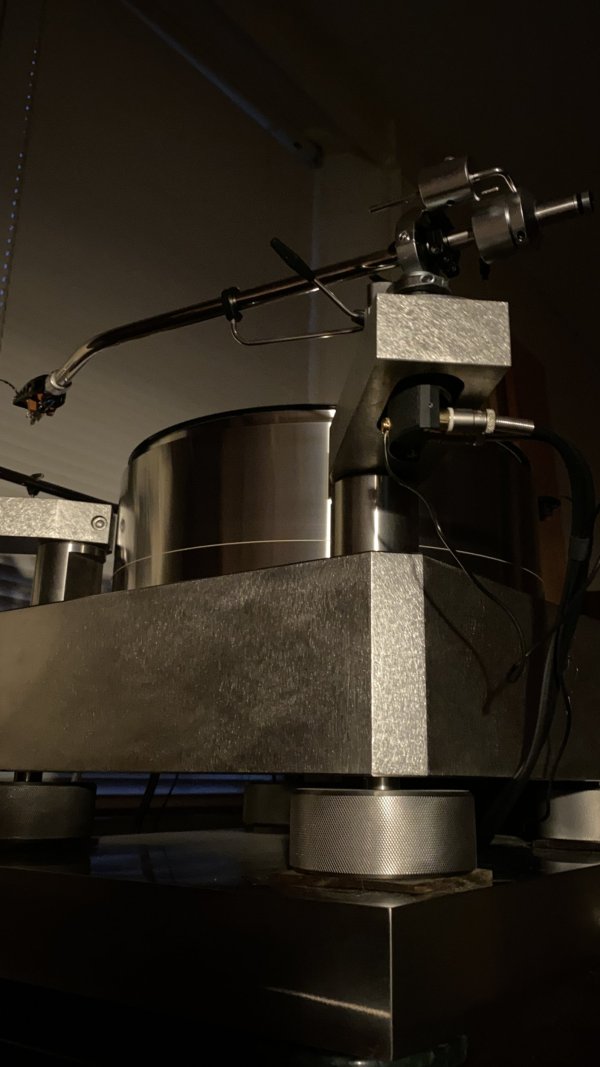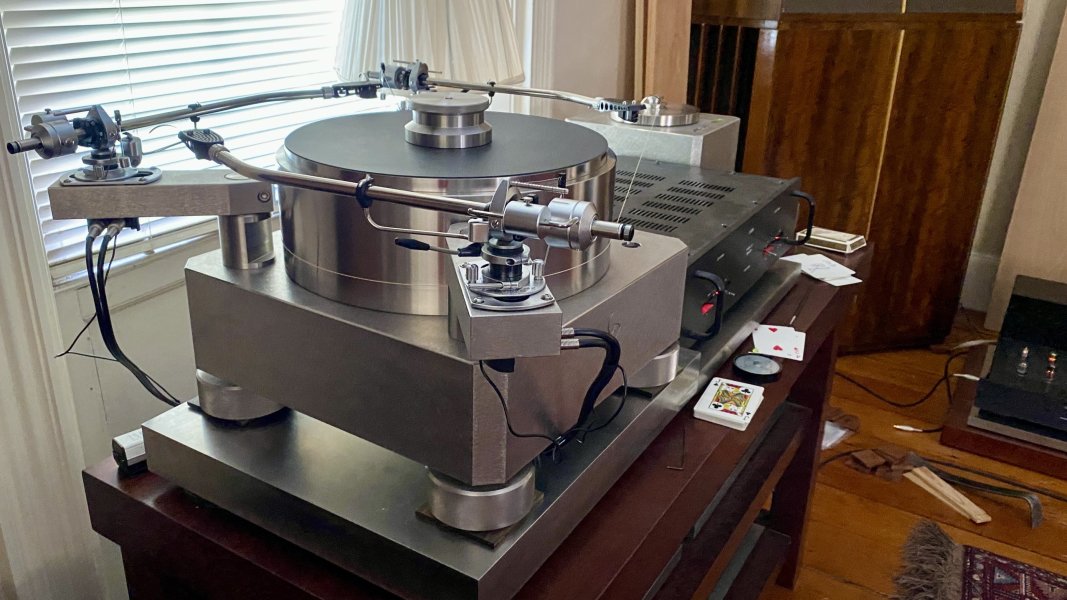The thing is, you have to document what the correct setting is, which is more than just the thickness of the LP. The cutting angle is also an issue, which is an approximation of 92 degrees since a good mastering engineer will set the actual cutting angle for lowest noise rather than simply 92 degrees.
I agree. What I’m trying to do now is to reduce the compromises. One could never account for every record unless he goes to the trouble of setting up each one and recording the settings. My first attempt is simply to set up two of the same arms and cartridges, one for thick and one for thin records. In the 20 or 30 records, I’ve listened to since I did this, the thick records sound the same because the arm cartridge set up remains the same and the thinner records all sound better. So the net result is positive. Of course it’s not perfect. It is easy though, because my table can accept for arms and one set up, no adjustment is needed. I just write the record weight on the sleeve of the record.











